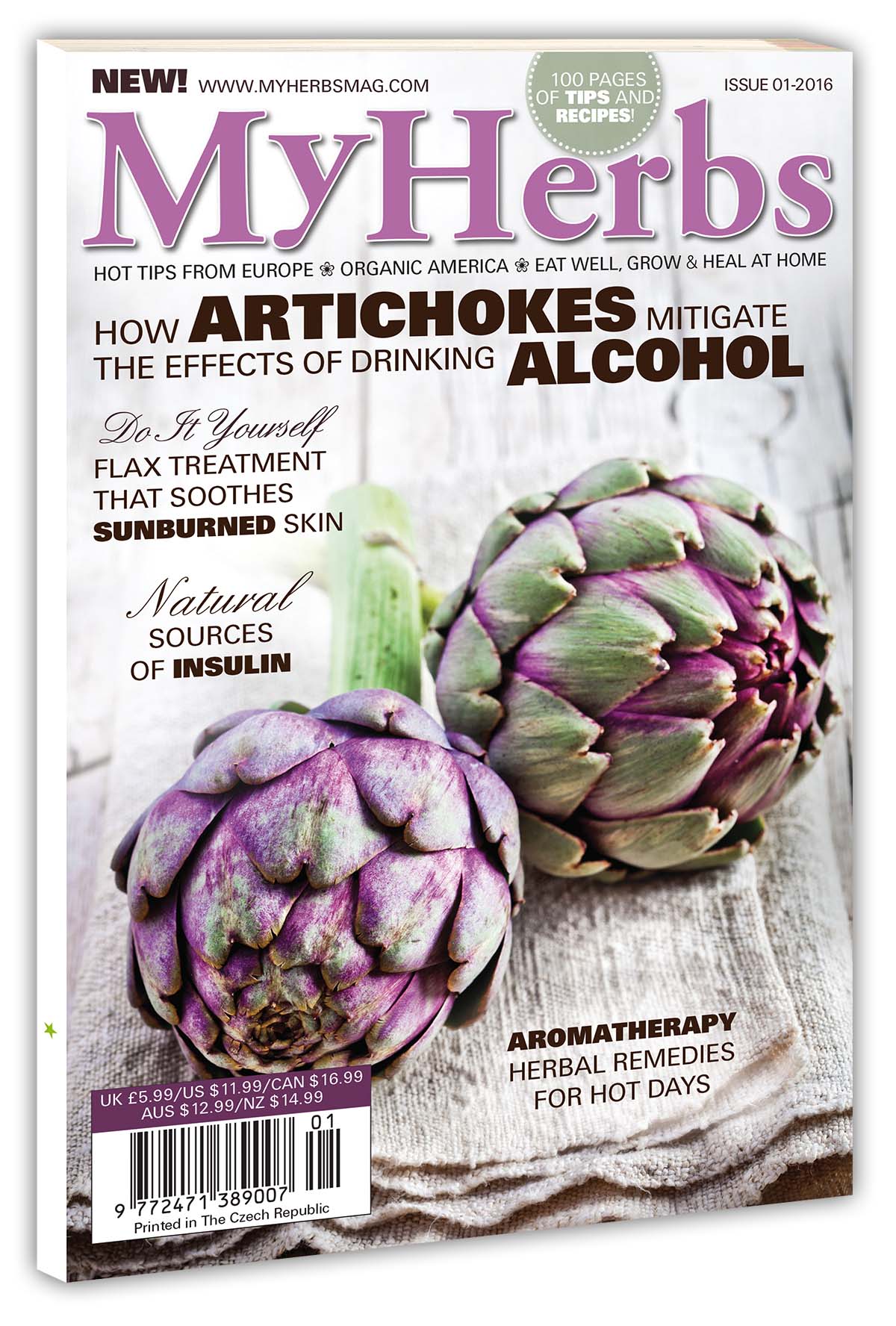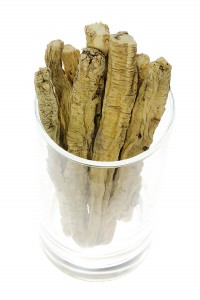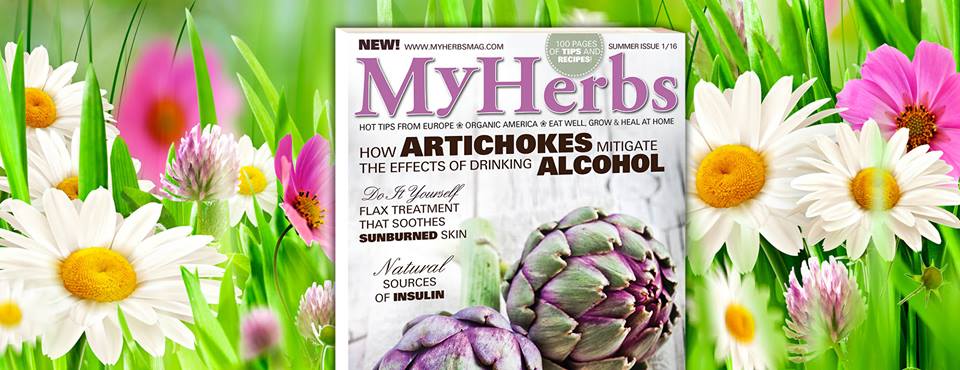This species of plant has been used for about three centuries, but in that relatively short period of time it has become a valuable tonic. It is used as a ginseng substitute and is often called the poor man’s ginseng.
Dang shen is a twining perennial herb in the bellflower family, with a carrot-shaped or cylindrical root that can be from 4–16 inches (10–40 cm) long. When fresh, the root is white and smooth; when dried, it is yellow-brown and deeply wrinkled.
Uses
It is somewhat reminiscent of ginseng due to its shape: the top of the root is stocky with many stem buds. Its stems are quite elongated, branched, permeated with milky veins, hairy, of a violet hue, and up to 10 feet (3 meters) tall. Its leaves are alternate, exceptionally opposite, with long petioles. The leaf blade is ovate or oval, pointed and slightly serrated, and hairy.
It has light green five-pointed bell-shaped flowers with prominent yellow or light purple veins. The flowers are yellow-green, with purple spots inside, broadly bell-shaped, shallowly lobed. Lobes are triangular with pointed tips. Filaments are slightly dilated at the base with elongated anthers. The stigma is white and bristly.  Sepals are broadly lance-shaped or narrowly oblong; the sinus between calyx lobes is narrow and pointed. The fruit when ripe has three compartments containing a great number of brown, shiny and smooth seeds.
Sepals are broadly lance-shaped or narrowly oblong; the sinus between calyx lobes is narrow and pointed. The fruit when ripe has three compartments containing a great number of brown, shiny and smooth seeds.
The plant grows mainly in China, where it is sold in many commercial forms. It can also be found in southern parts of the Far East, and in Southeast Asia.  There it is widespread as an undergrowth, in thick clumps of bushes on the edge of forests and along streams and river banks, up to 2,300 feet (700 meters) above sea level.
There it is widespread as an undergrowth, in thick clumps of bushes on the edge of forests and along streams and river banks, up to 2,300 feet (700 meters) above sea level.
In its entire area it is also cultivated as a commercial therapeutic herb. Traditional Chinese medicine also makes use of other species: Tang shen (Codonopsis tangshen) is a creeping vine up to 10 feet long (3 meters), with ovate leaves pointed at the end and hairy on the edges, very similar to dang shen. Its flowers have a dull-green crown with purple stripes and veins. After blossoming it produces white-purple twinned fruits on a long stem. It was originally from the Chinese province of Hubei, but because it of its pharmacological importance it is widely cultivated, e.g., in Sichuan province.
(…)
Would you like to learn more? The complete text and many other articles, tips and advice can be found in MyHerbs Magazine!  You can subscribe HERE or buy the hardcopy in selected stores.
You can subscribe HERE or buy the hardcopy in selected stores.
Get My Herbs now!
 My Herbs magazine is available in the USA in Whole Foods Market stores, Barnes&Noble bookstores, SAMS Club or Books A Million. Also available in the UK, Australia, Canada, New Zealand, Germany, Belgium and in 19 other countries around the world.
My Herbs magazine is available in the USA in Whole Foods Market stores, Barnes&Noble bookstores, SAMS Club or Books A Million. Also available in the UK, Australia, Canada, New Zealand, Germany, Belgium and in 19 other countries around the world.
Issue 01 is distributed in these countries (Display until September 15):
✭ USA ✭ CANADA ✭ UK ✭ AUSTRALIA ✭ NEW ZEALAND ✭ BAHRAIN ✭ BELGIUM ✭ BRAZIL ✭ CHINA ✭ CYPRUS ✭ CZECH REPUBLIC ✭ GERMANY ✭ GREECE ✭ HONG KONG ✭ ICELAND ✭ ITALY ✭ JORDAN ✭ MALAYSIA ✭ MALTA ✭ PORTUGAL ✭ SINGAPORE ✭ SPAIN ✭ TAIWAN ✭

